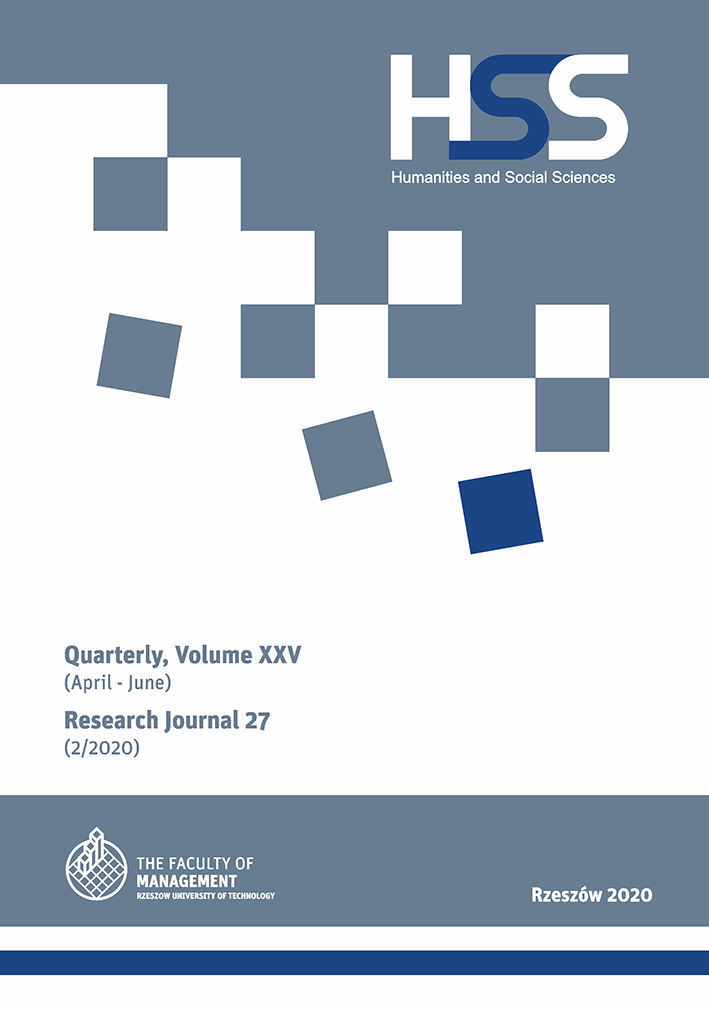Abstrakt
Urban transport and its organization is one of the most important areas related to the functioning of the city. Properly organized urban transport should quickly and efficiently meet all transport needs. Transport activities can have negative effects on the urban environment. The most significant are congestion, environmental pollution, and noise. In addition to the negative impact on the city's environment, transport also contributes to the consumption of non-renewable energy sources. For this reason, the idea of sustainable transport has started to play an important role in recent years. This idea provides residents with economically and time-favorable ways of moving while limiting the impact of transport's harmful effects on the environment. Bicycle transport is an important element of sustainable transport; in many cases, it is faster and has zero emissions. The purpose of this article was to present the impact of selected factors such as the size of the city and the degree of economic development on the functioning of bicycle transport in selected cities of the European Union and Poland.
Bibliografia
Bagloee, S.A., Sarvi, M., Wallace, M. (2016). Bicycle lane priority: Promoting bicycle as a green mode even in congested urban area. “Transportation Research” Part A 87 (2016), ELSEVIER.
Biernat, E., Buchholtz, S., Bartkiewicz, P. (2018). Motivations and barriers to bicycle commuting: Lessons from Poland. “Transportation Research” Part F 55 (2018), ELSEVIER.
Böckera, L., Utengb, T.P., Liuc, Ch. Dijstd, M. (2019). Weather and daily mobility in international perspective: A crosscomparison of Dutch, Norwegian and Swedish city regions. “Transportation Research Part” D: Transport and Environment, Vol. 77, December 2019.
Corazza, M.V. Favaretto, N. (2019). A Methodology to Evaluate Accessibility to Bus Stops as a Contribution to Improve Sustainability in Urban Mobility. “Sustainability” 2019 11(3):803
Gutiérrez, M., Hurtubiab, R., de Dios Ortúzarc, J. (2020). The role of habit and the built environment in the willingness to commute by bicycle. “Travel Behaviour and Society” 20 (2020), ELSEVIER.
Kaltenbrunner, A. et al. (2010). Urban cycles and mobility patterns: Exploring and predicting trends in a bicycle-based public transport system. “Pervasive and Mobile Computing” 6 (2010), ELSEVIER.
Marshall, W.E., Ferenchak, N.N. (2019). Why cities with high bicycling rates are safer for all road users. “Journal of Transort & Health” 13 (2019), ELSEVIER.
Mertens, L. et al. (2019). Individual, social, and physical environmental factors related to changes in walking and cycling for transport among older adults: A longitudinal study. “Health & Place” 55 (2019), ELSEVIER.


